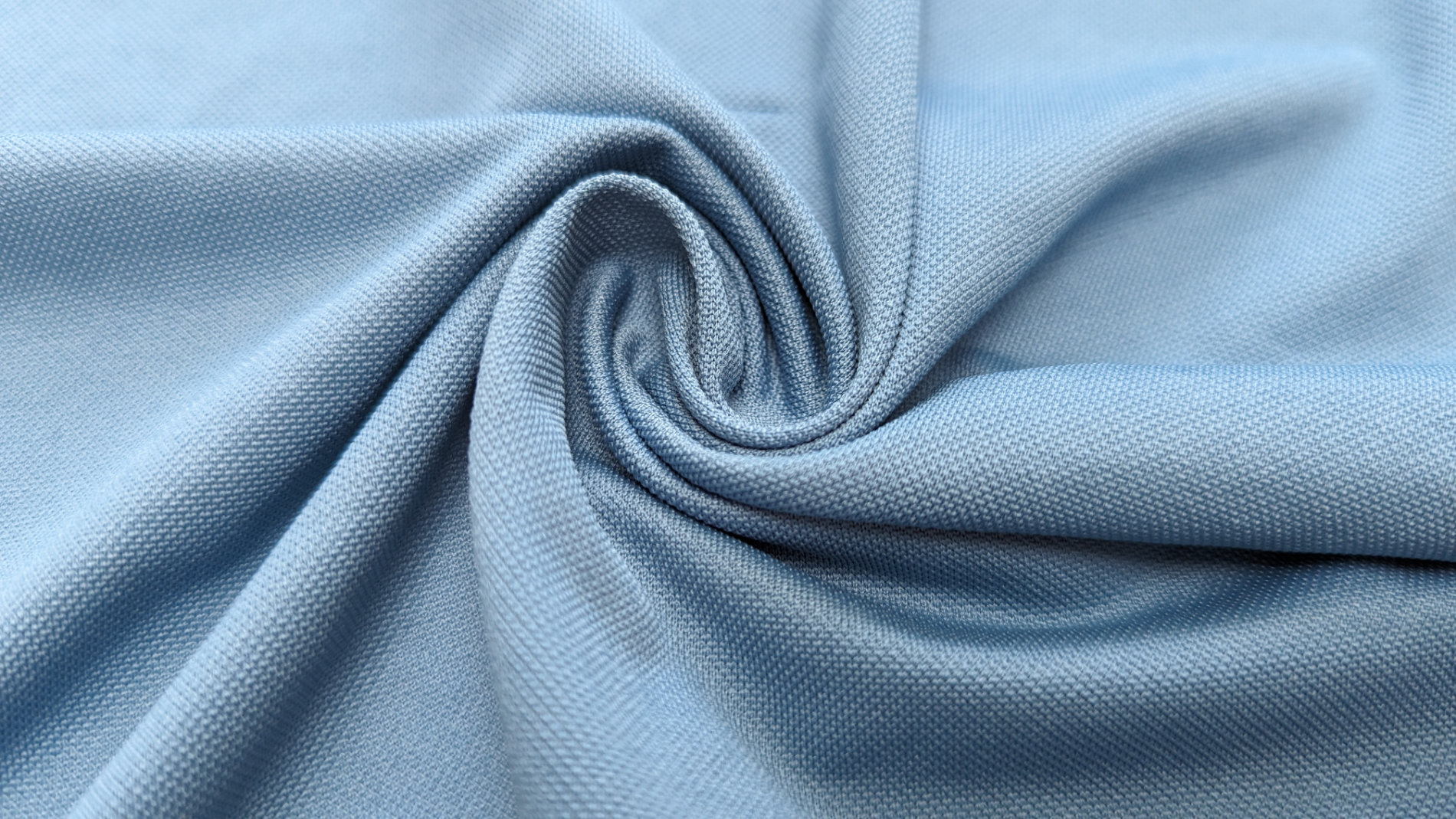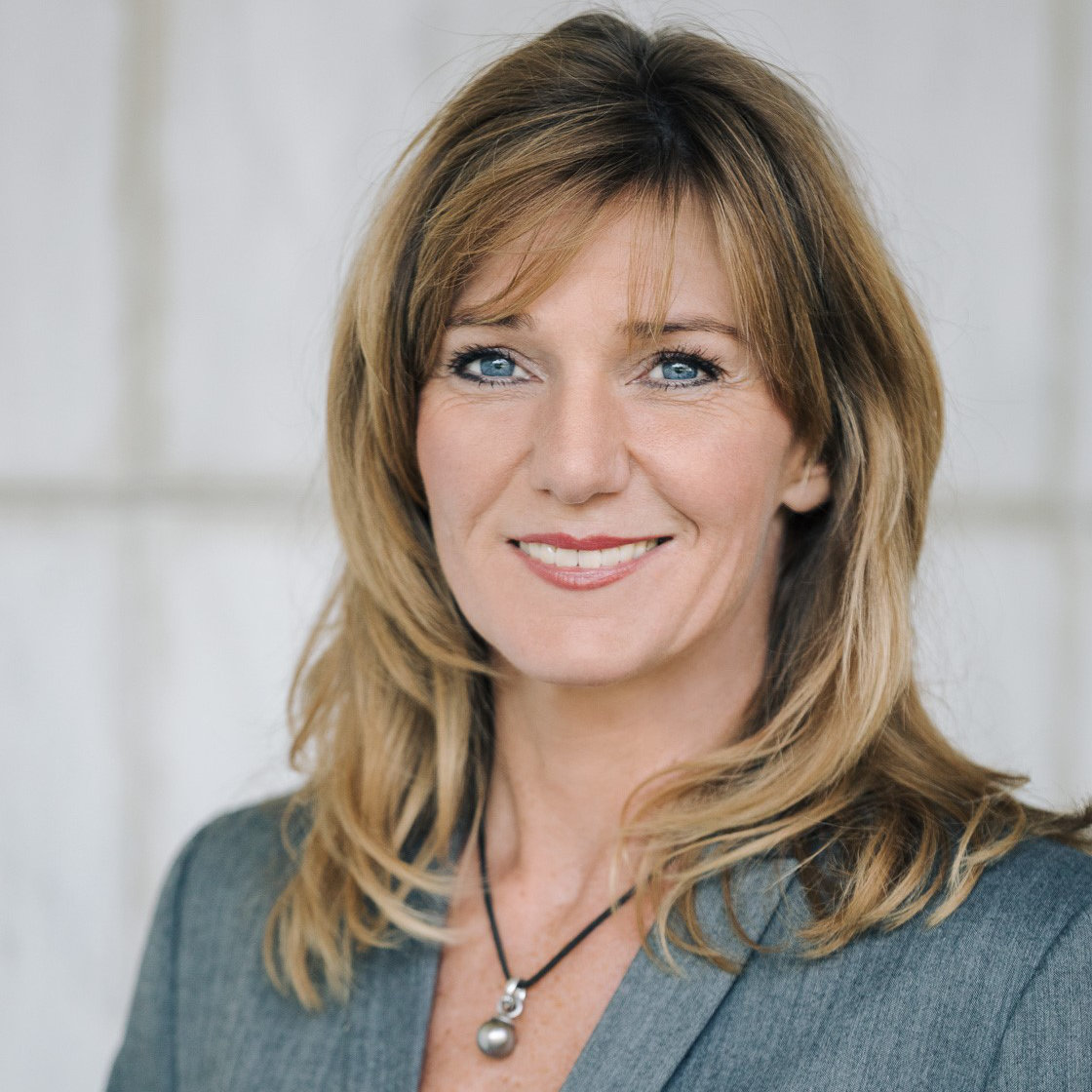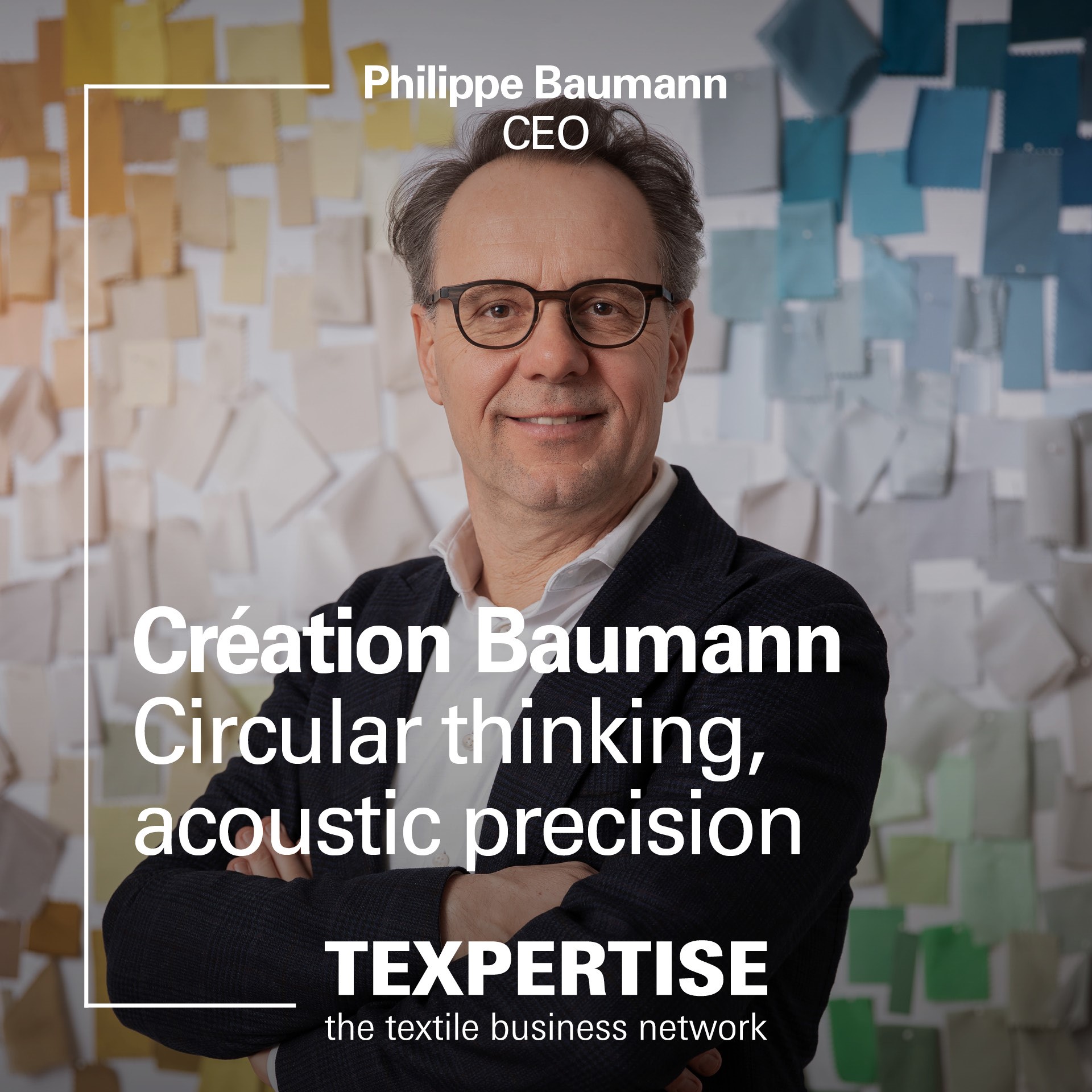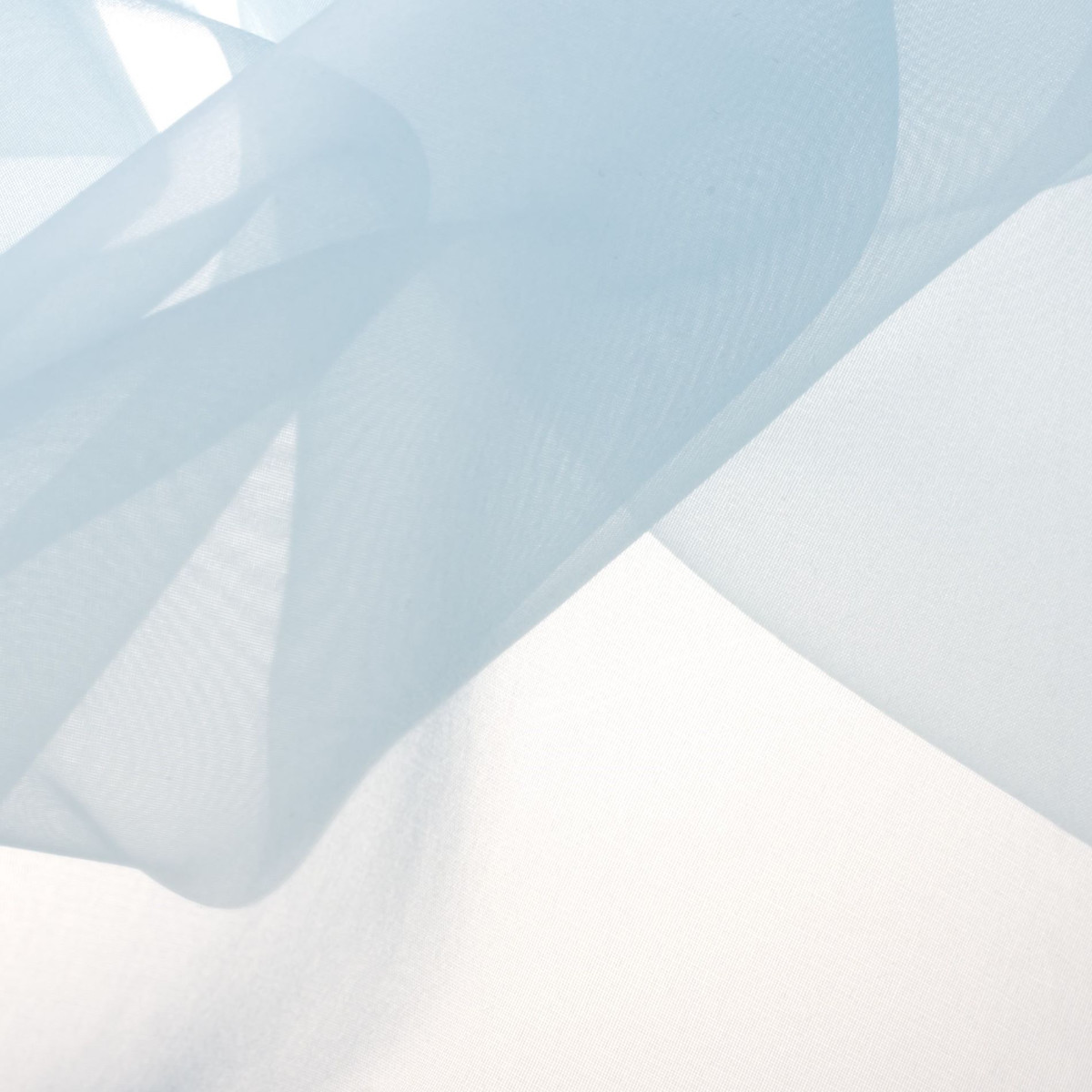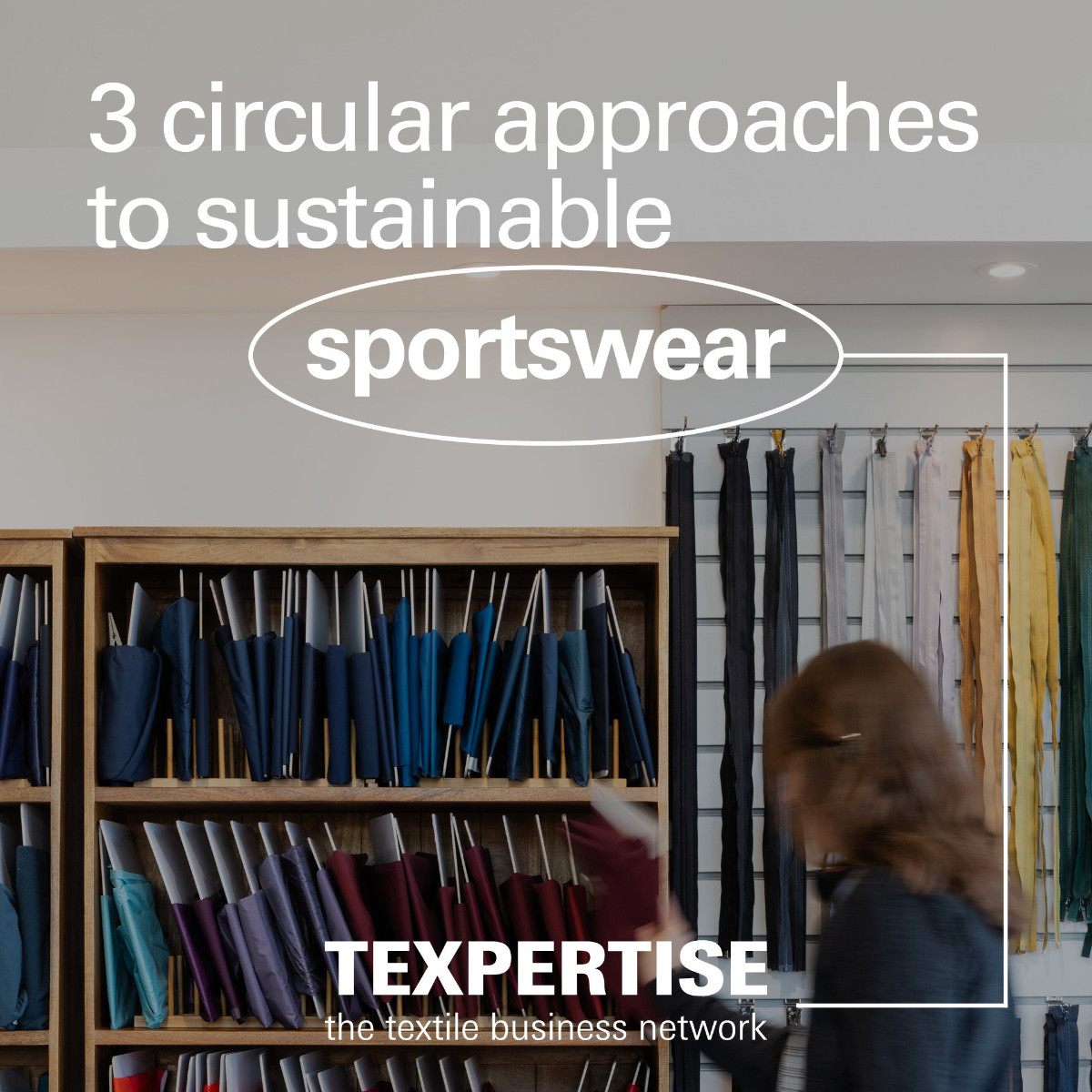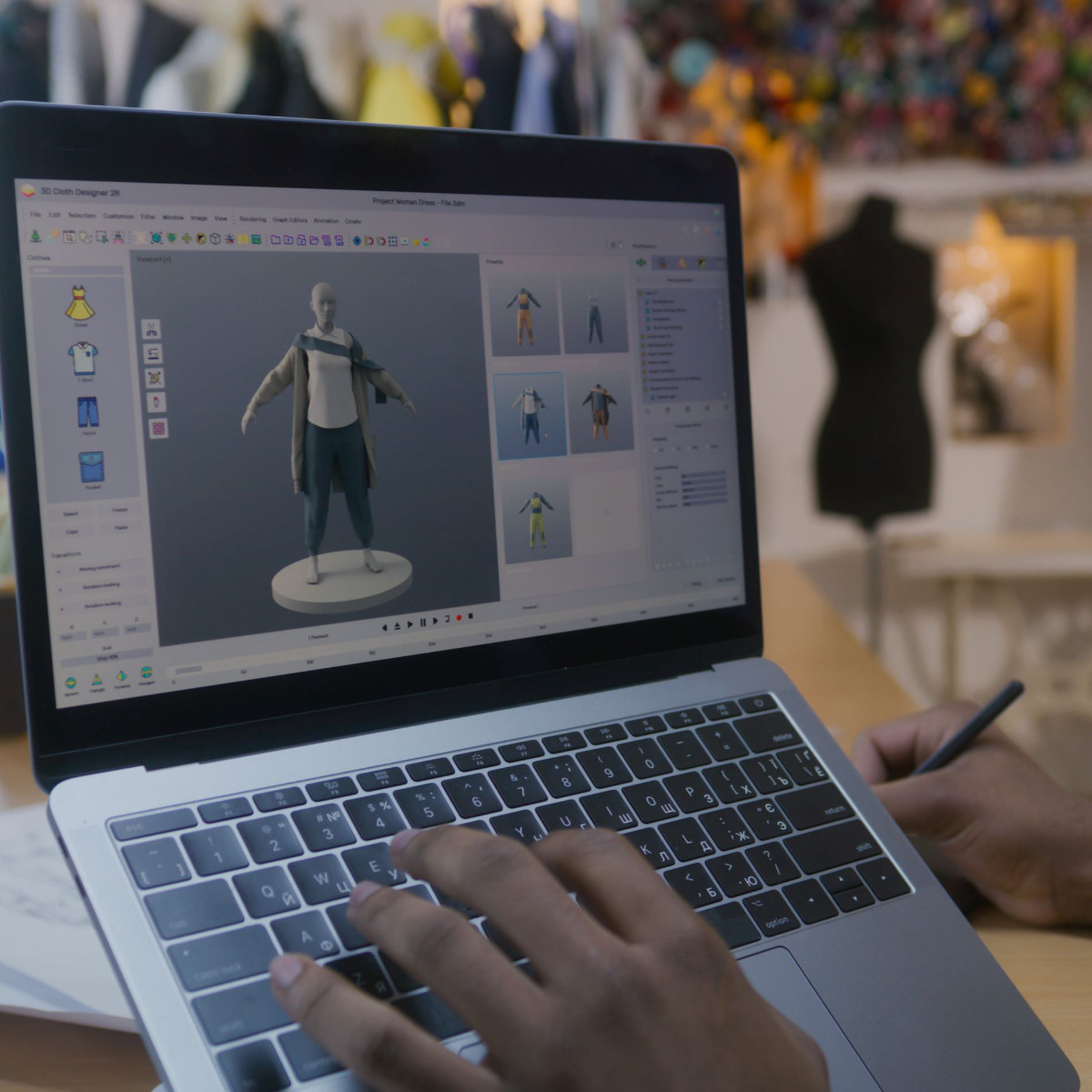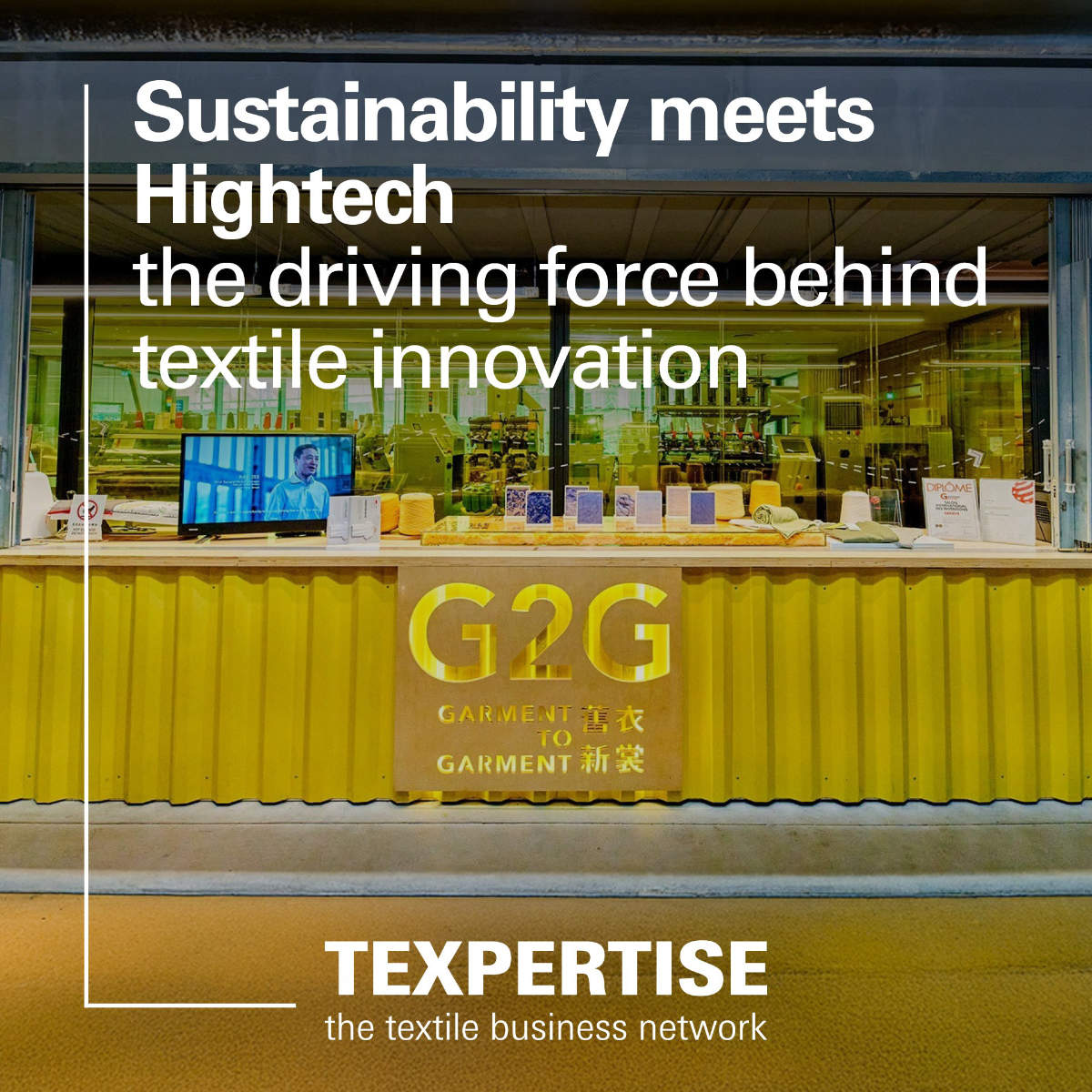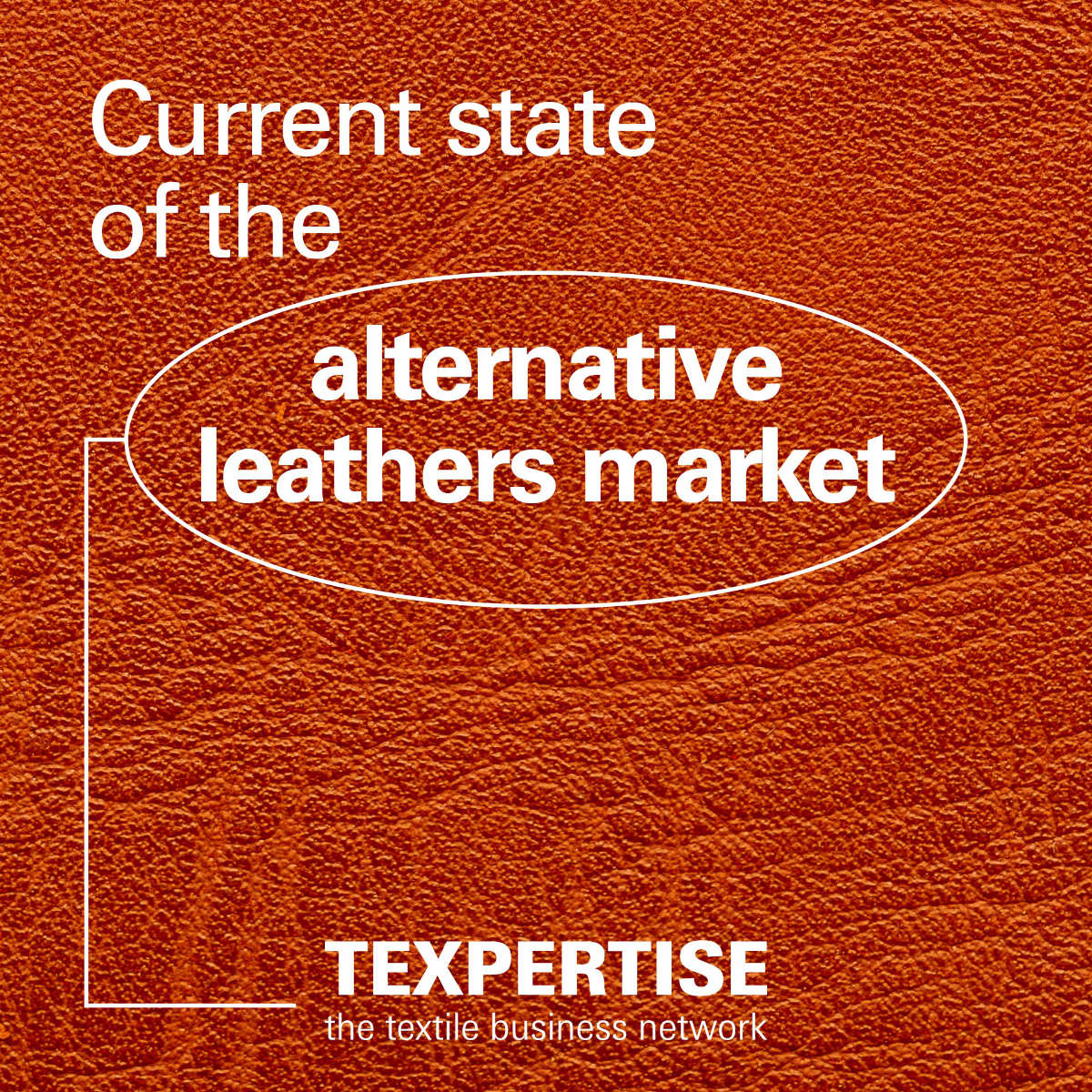From fashion to aerospace: classic polyester is virtually irreplaceable in numerous areas of application. The problem: polyester is based on fossil raw materials and, even when recycled, this versatile material still leaves a sizable ecological footprint. Consequently, more and more companies are looking for new materials, not least because of the increasing legislative requirements being imposed worldwide.
Reading time: 5 minutes
One answer to this problem is offered by the Swiss start-up OceanSafe. naNea, its recyclable and biodegradable synthetic fibre, is a market-ready alternative to conventional polyester.
It is distinguished not only by high scalability, but also by ‘drop-in’ technology, which lowers the hurdles for companies on their way to greater sustainability.
Matthias Fuchs, CMO, OceanSafe AG, explains the win-win principle of the company's business model for users and brands.
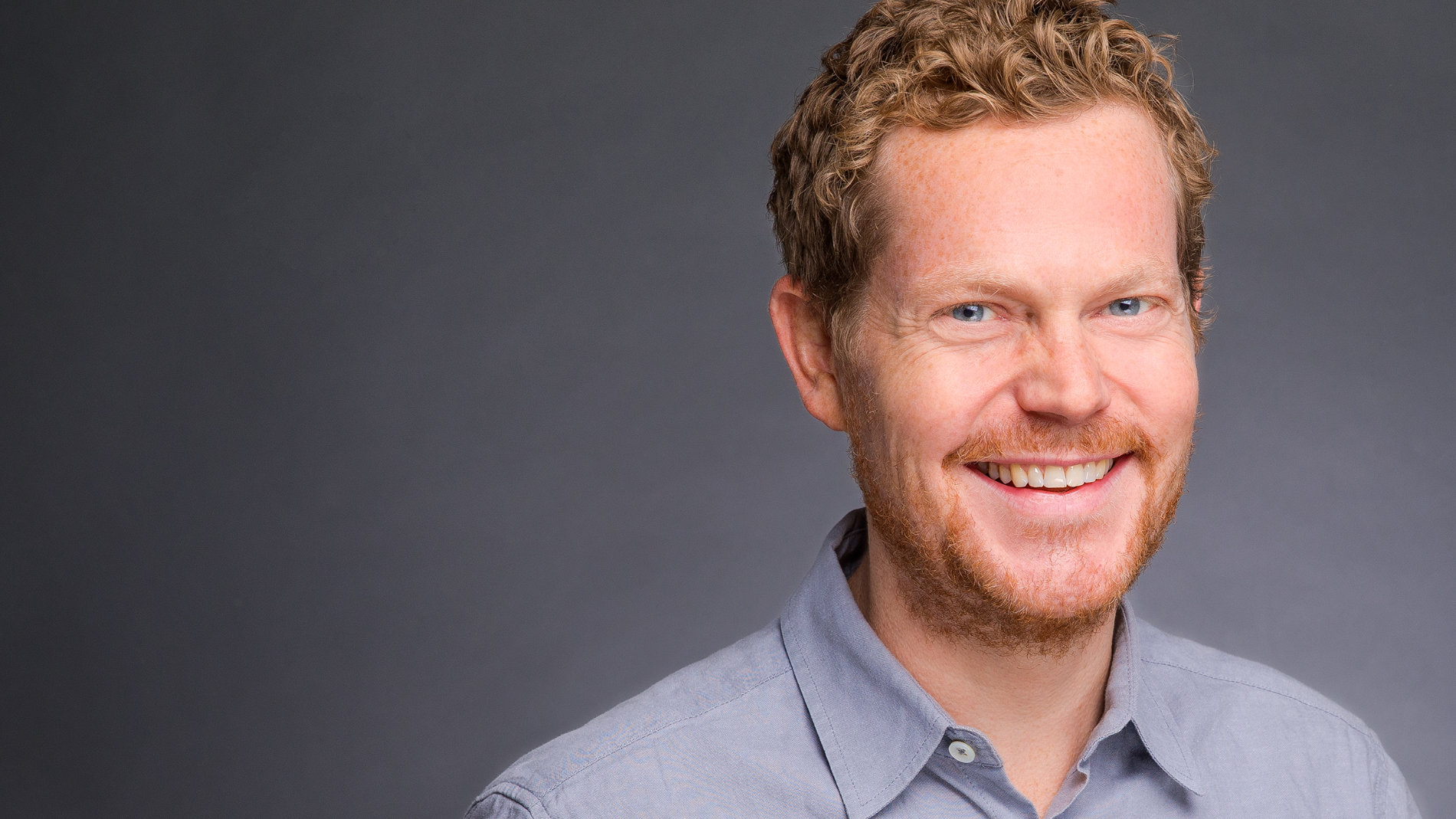
Innovations are expensive. What drove you to develop a product like this?
"The reason for developing naNea was straightforward: the circular economy is no longer a passing fad. On the contrary, it is becoming a must for companies and brands in many branches of industry, not least due to upcoming statutory regulations. The problem is that the circular economy simply needs very good materials for the system to work. And this is exactly the reason why we designed naNea."
When did you launch naNea?
"NaNea was launched in 2020, in the home-textiles sector, which was our original focus. In 2022, we made a strategic move towards the fashion industry, and this was followed by the official market launch in the sportswear, outdoor and performance sectors in 2023."
NaNea was a development process. How important are networks for you?
"The trick is to turn the granulate into textile fibres that meet the requirements of the processing methods and applications concerned. And this calls for a good network."
"We see ourselves as both a textile technology company and a materials science company. Our aim is to develop new polymers ourselves, as well as to commercialise them at a later stage.
However, the polymers are only the first step. The trick is to turn the granulate into textile fibres that meet the requirements of the processing methods and applications concerned. And this calls for a good network. How does the fibre behave during spinning, weaving, knitting or dyeing? Does it meet performance parameters such as durability or temperature resistance?
We obtain expert advice on these issues from international technology specialists or manufacturing partners, as well as collaborate with universities and research institutes."
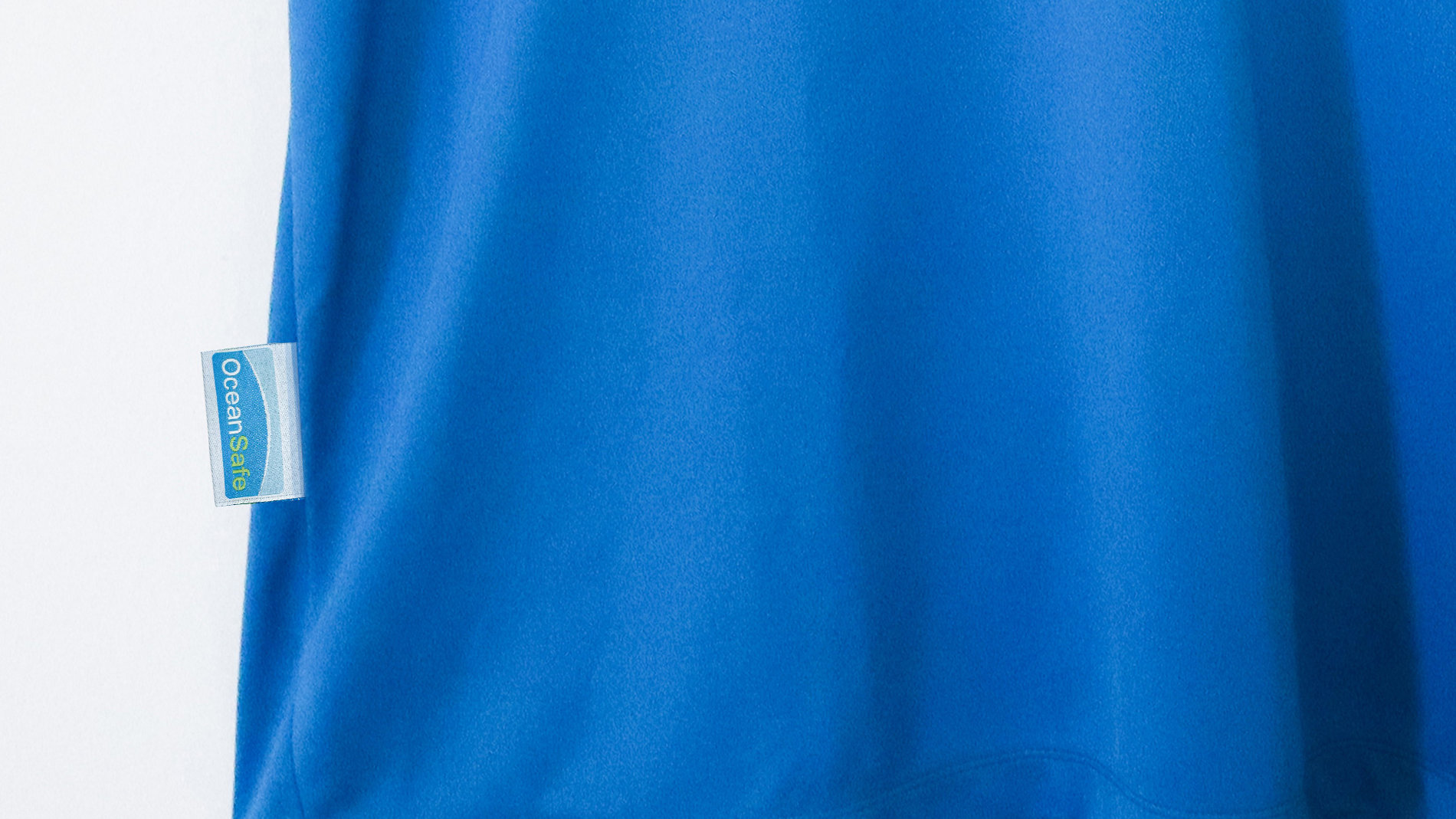
Can we expect any new innovations from OceanSafe?
"Our strategy is development first. In other words, we aim to bring a mature product to the market and deliver quality that stands the test of time. We have done our homework for naNea. We developed a great product, tested it intensively, verified it both internally and externally and brought renowned brands and production partners on board.
Today, we are on the verge of the next stage of the development process. And that's our focus now. That said, we already have a number of new, well-engineered developments in the pipeline, which we will be bringing to market in the near future."
Looking to the future: when will sustainable materials overtake conventional products?
"This depends in particular on how uncompromising and tough the regulatory framework for the textile industry will be. And this uncertainty makes predictions difficult. However, the big players have understood that we are dealing with an irreversible process of change: the circular economy will come, it's just a matter of time. In the case of OceanSafe, I would just say that our technologies can already meet the challenges of all future developments."
Serie: How things can work
About the series
The challenges facing companies in the textile industry are multifaceted and, to put it mildly, not without difficulty. They range from rising costs for raw materials and energy, a shortage of skilled workers and supply chain problems to the megatrends of sustainability and digitalisation.
Innovative companies seize their opportunities and take advantage of such challenges to generate their business models. However, this rarely works in isolation. Business and research networks are called for.
In the ‘How things can work’ series, we present companies, start-ups and market leaders that have not only tackled a problem but have also used it to develop a sustainable business venture.
Other articles in the series:
One for all. Making the circular economy work. (Part 1)
One for all. Making the circular economy work. (Part 2)
One for all. Making the circular economy work. (Part 3)
Biological dyes as a key economic factor (Part 1)
